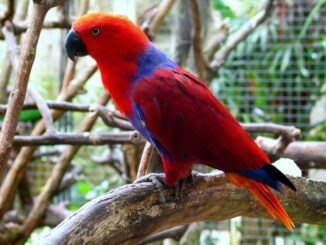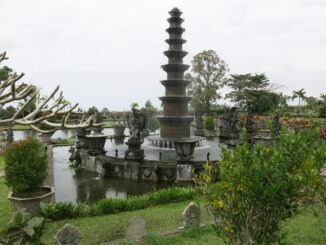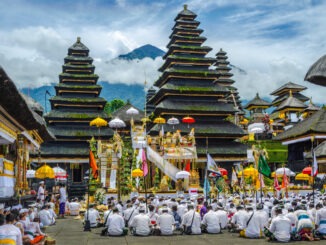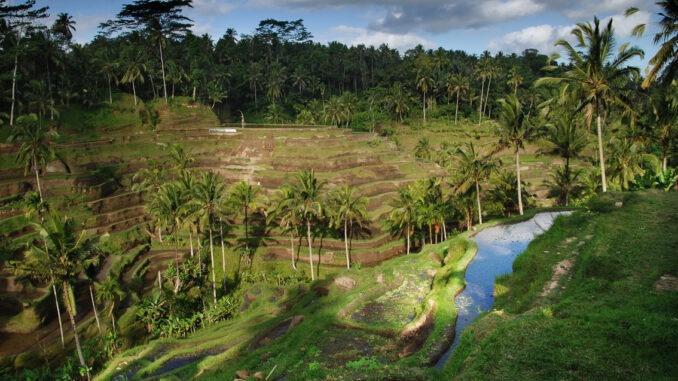
Table of Content:
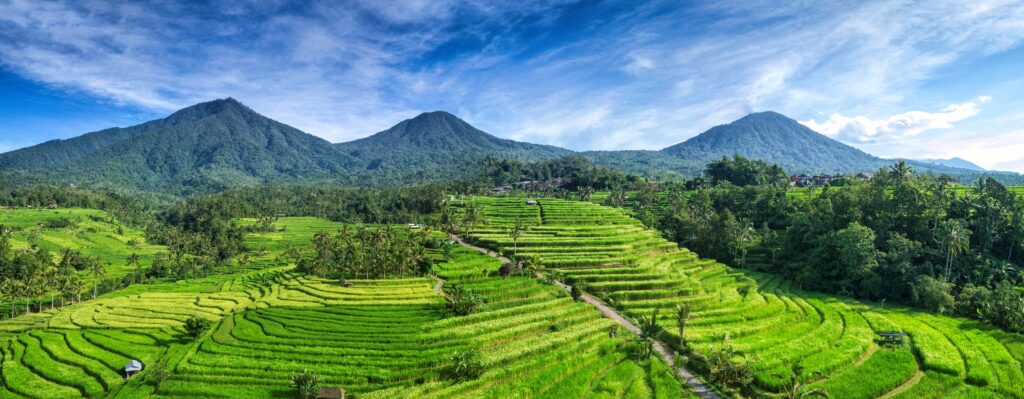
The area around Ubud in Bali is famous for its beautiful rice terraces and its innovative irrigation system. The traditional Balinese cooperative system of irrigation known as Subak is said to have been introduced in the 8th century by a saint named Rsi Markandeya.
Tegallalang is one of the three most magnificent terraced landscapes in the Ubud region, the others being in the villages of Pejeng and Campuhan.
The rice terraces of Tegallalang alone are a magnificent sight, spreading out picturesquely and reaching across to the other side of the valley. Their elevated position on the side of the trail makes for a cool and airy atmosphere, and they are alsoa popular photo stop for tourists.
Painters and nature lovers also like to visit this place. Near the rocky outcrop there are numerous small kiosks and cafes.
The rice terraces of Jatiluwih
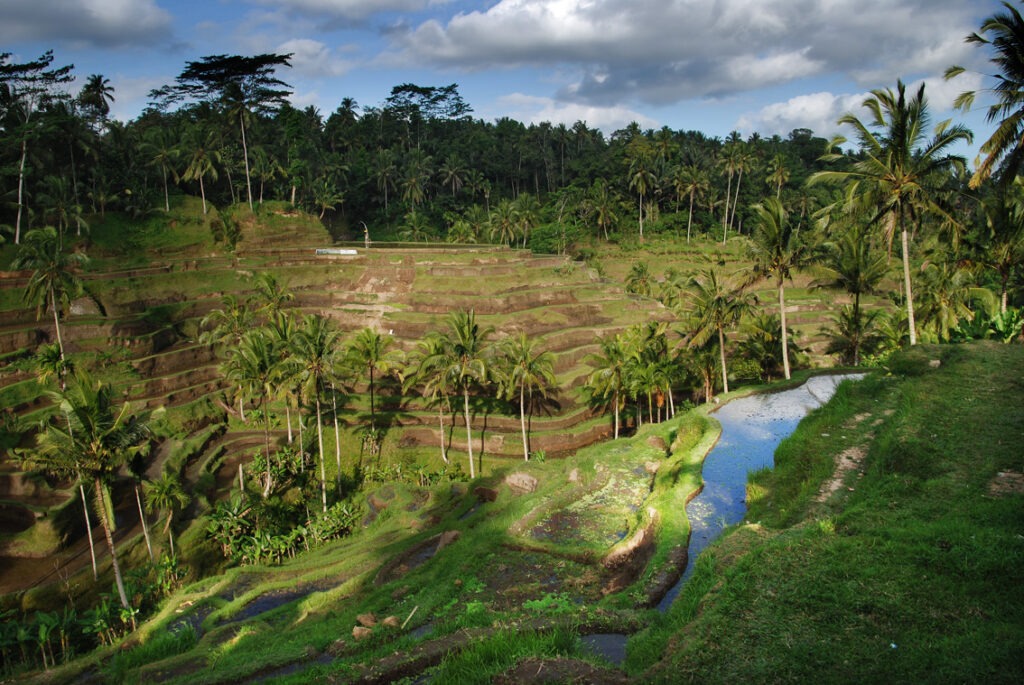
The rice terraces of Jatiluwih are the largest rice fields in Bali, covering an area of over 600 hectares. Yes, you have read correctly: This is a 600 hectare rice field. They are considered the most impressive, scenic, spacious and peaceful rice fields in Bali.
The term “Jatiluwih” literally means ” really beautiful“, because “Jati” means “really” and “Luwih” means “beautiful” or “good” in Balinese. And with this sight, it is fair to say that the name says it all. UNESCO has also declared these beautiful cultural monuments a World Heritage Site.
The Subak irrigation system
But the magnificent rice fields impress not only with their beauty. Surprising is also the fact that they were created only by the hands of local people, without the use of mechanical machinery. The fields are cultivated with the traditional Subak irrigation system, which is based on the Tri Hita Karana philosophy.
The Tri Hita Karana philosophy is an ancient Balinese concept that unites three worlds in harmony: the natural, spiritual and human worlds. As such, the Tri Hita Karana is a distinctive part of the unique Balinese culture. This is one of the reasons why UNESCO has included the Jatiluwih rice fields in the World Heritage List.
Hiking trails and entrance
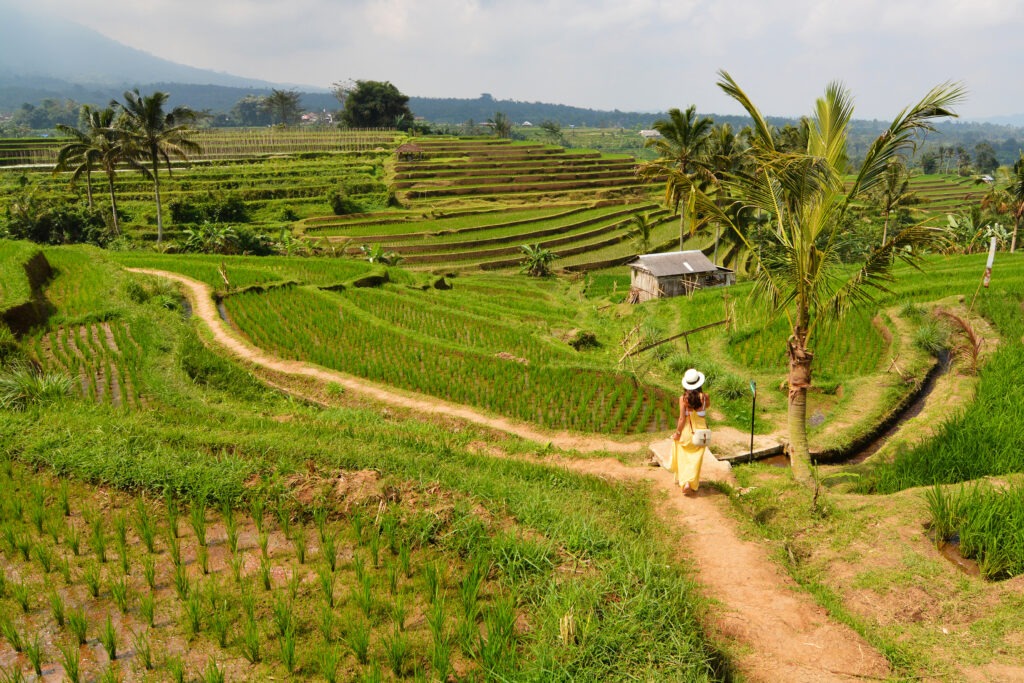
There are 3 different marked trails to explore the rice terraces of Jatiluwih. The longest route is about 7 kilometers long and the shortest 1.4 kilometers.
A visit to Jatiluwih costs an entrance fee (the equivalent of about 3 to 4 euros), but it is worth it. In addition, the money goes to the villagers’ fund for the maintenance of the fields. So you support a good cause at the same time.
The rice terraces of Tegallalang
The rice terraces of Tegallalang are one of the main tourist attractions in Bali. They are much smaller than the Jatiluwih rice fields and are more touristy. Just like Jatiluwih, they are located near Ubud and can be reached in only 20 minutes drive.
If you’ve seen photos of Ubud’s rice terraces on social media, they were probably Tegallalang. They are by far the most famous rice terraces in Bali and therefore also known as “Ubud Rice Terraces”.
Hiking in Tegallalang
The descent and ascent to the other side of the Tegallalang rice valley can take from 30 minutes to 1.5 hours. Unlike Jatiluwih, admission to Tegallalang Rice Terraces is free, but donations are welcome.
Sightseeing at the rice terraces of Tegallalang and Jatiluwih
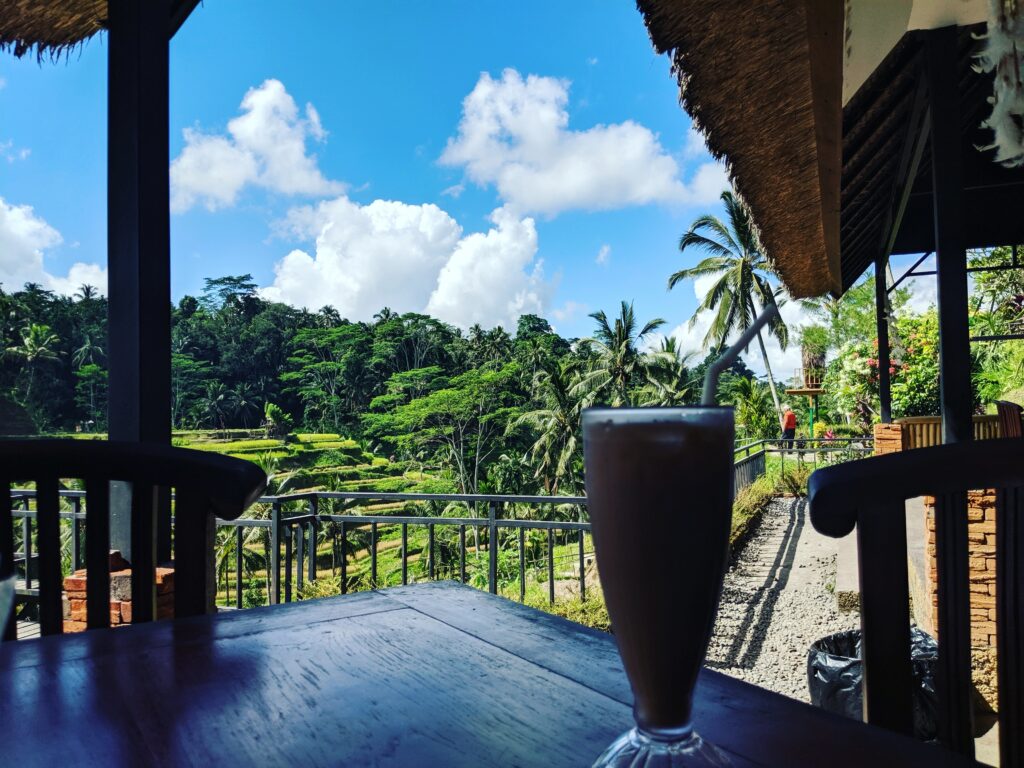
The rice terraces of Tegallalang and Jatiluwih are among the most popular photo opportunities in Bali, and it’s no wonder, because the spectacular views are simply stunning. The view extends across the entire valley to the rice terraces on the opposite slopes.
The residents who own and farm the land often invite visitors to sample their green coconut drinks and buy woven hats they make themselves from coconut leaves. Some of them are even willing to pose for photos (usually for a small fee).
The village of Pakudui in Tegallalang
A highlight of the Tegallalang region is the small village of Pakudui, where you can admire the most beautiful handicrafts of the region. Here you can expect an extraordinary variety of woodwork and carvings.
The villagers are avid Balinese artisans and have acquired various forms of sculpture that have either been passed down from generation to generation or are the result of an ever-growing creative process using the most natural of materials: Wood.
Arts and crafts at its best
During a tour of Pakudui village, you will always come across a certain mythical Balinese figure: the Garuda. Other common carvings depict mythical lions, horses, human figures, dogs, dragons, vases, frogs, kangaroos, cats, decorated totems, panels, doors, windows, tables and much more.
The really ambitious artists even make dinosaurs in large format. However, the bird-like Garuda – the national symbol of Indonesia – seems to be the most popular among the creations.
Some of the souvenir vendors or the old farmers can seem a little pushy. However, there are no set prices, so it pays to show some negotiating skills or, better yet, remind them that you’re only there for the photos.
This is a must see at the rice terraces of Tegallalang and Jatiluwih
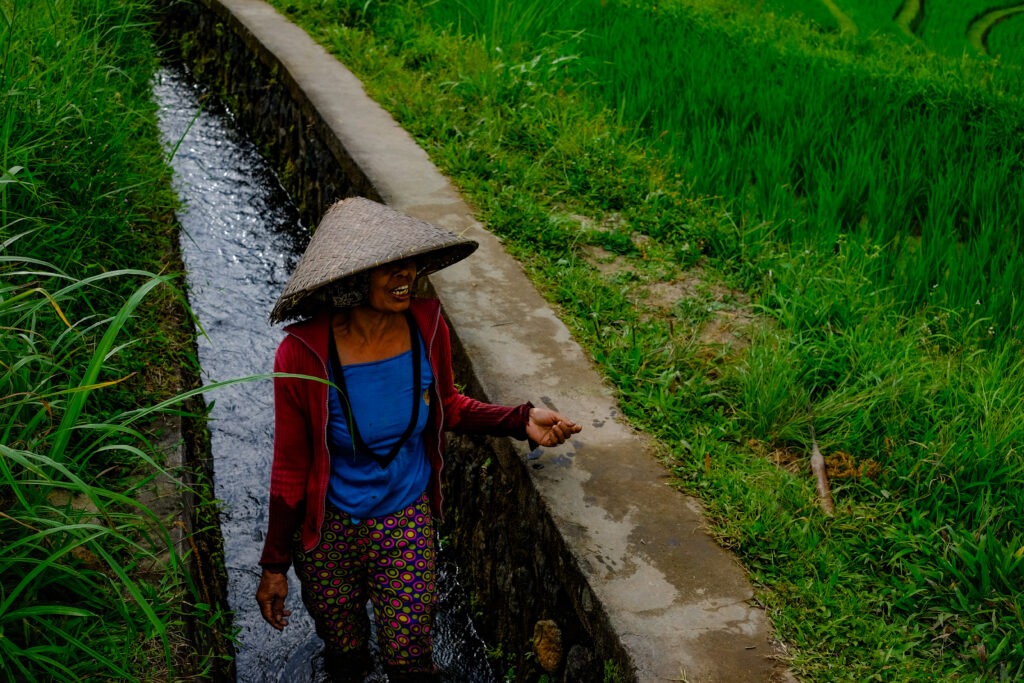
The rice terraces are of course the big highlight of the area around Ubud, but the roadside souvenir stores are also numerous, and the trip to Pakudui village is definitely worth it. Pakudui can be reached by turning right from the famous rice fields of Tegallalang. Along the small, winding village street, beautiful carvings and wooden works of art line up.
Would you like to enjoy the silence of nature, lush greenery and fresh air without pollution?
Then a hike or a simple walk through the rice fields of Tegallalang or Jatiluwih is just the thing for you. It is not surprising that the Obamas, the former First Family of the USA, chose the Jatiluwih rice fields as their hiking destination during their visit to Bali.
Weblinks for further reading
- Official tourism portal about the rice terraces
- Tegallalang rice terraces
- Jatiluwih rice terraces Bali
Conclusion
The two places where you can best visit the rice terraces of Bali are undoubtedly Tegallalang and Jatiluwih. They are among the most beautiful rice terraces on the island – perfect for a day of hiking, enjoying nature and taking photos.

